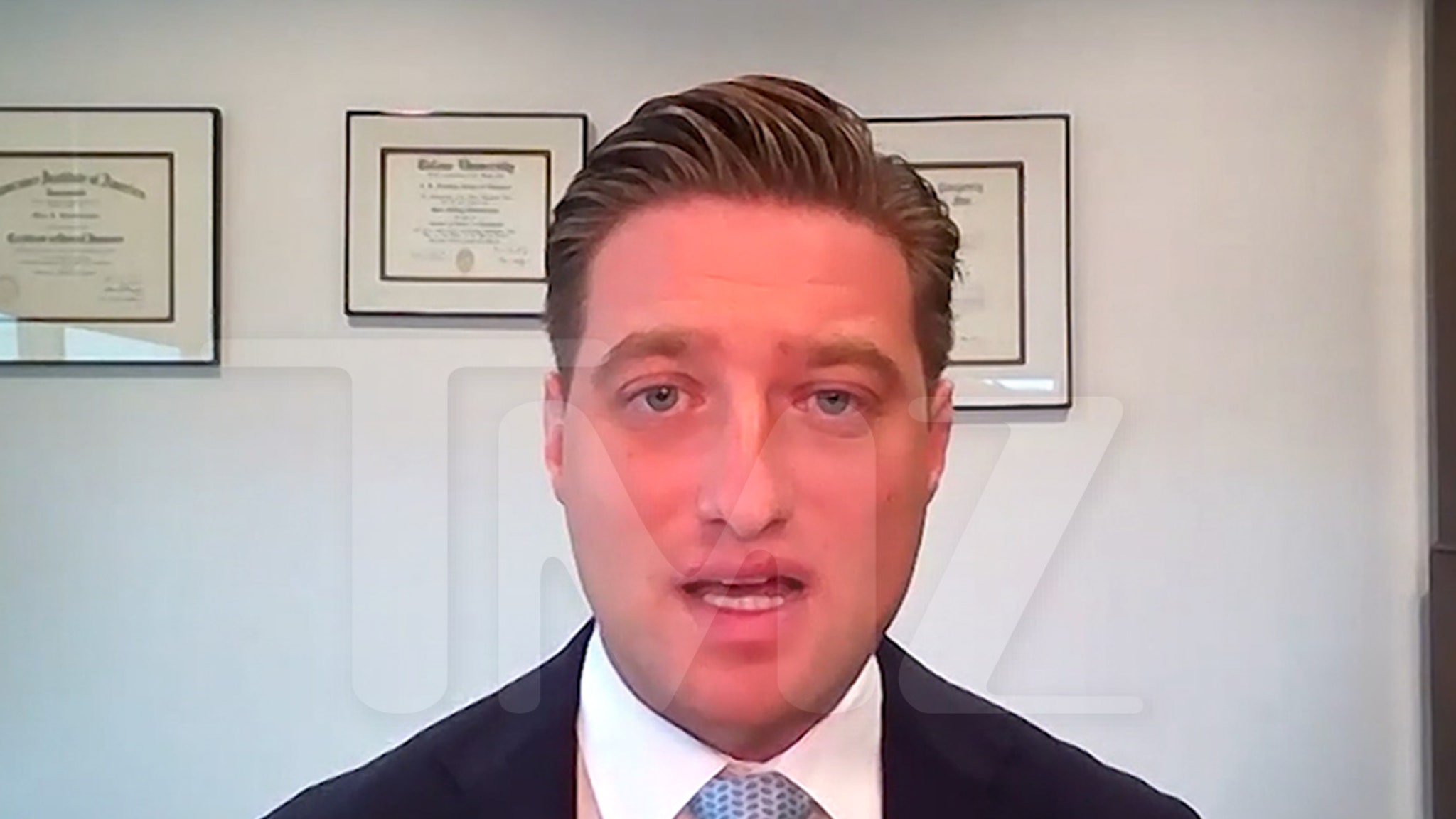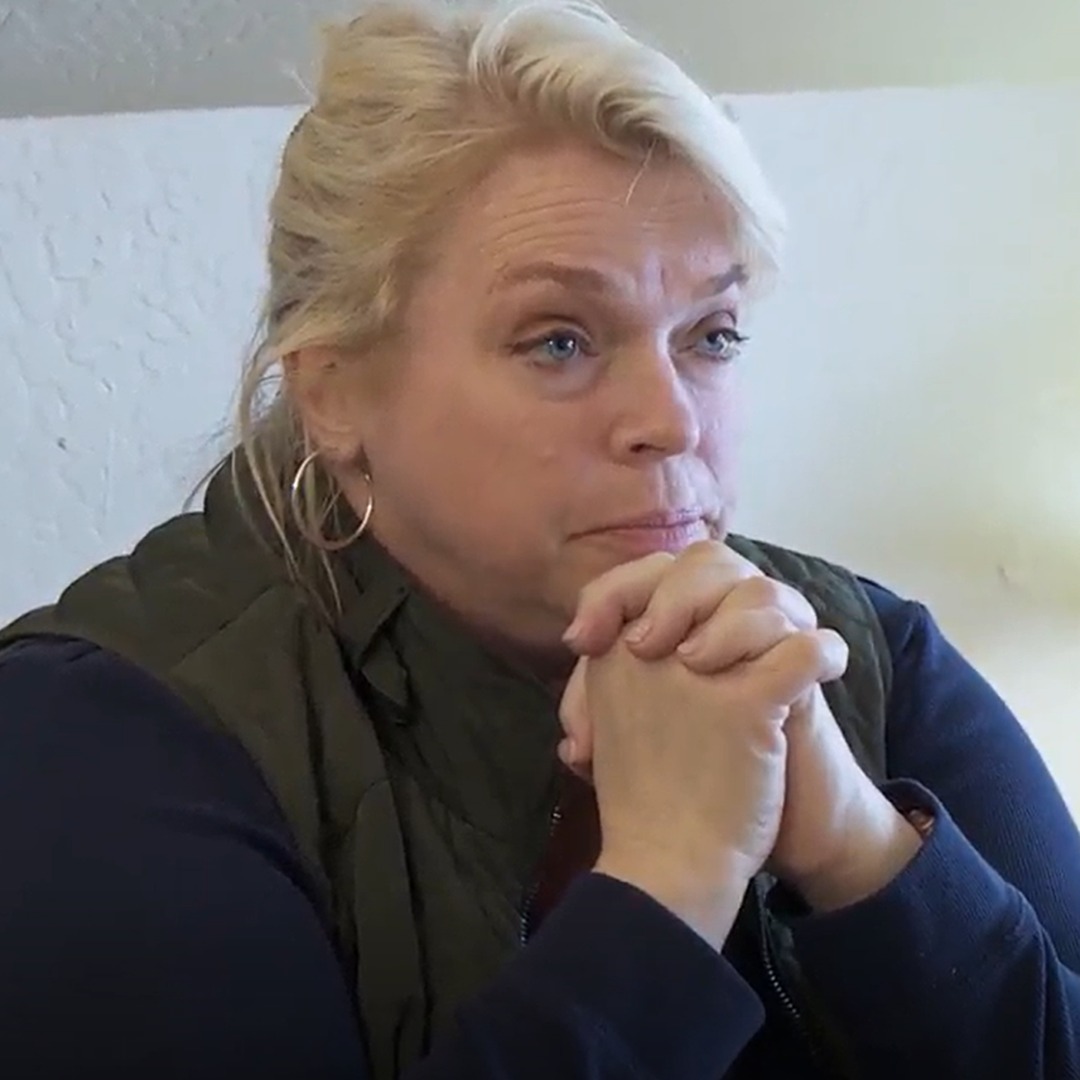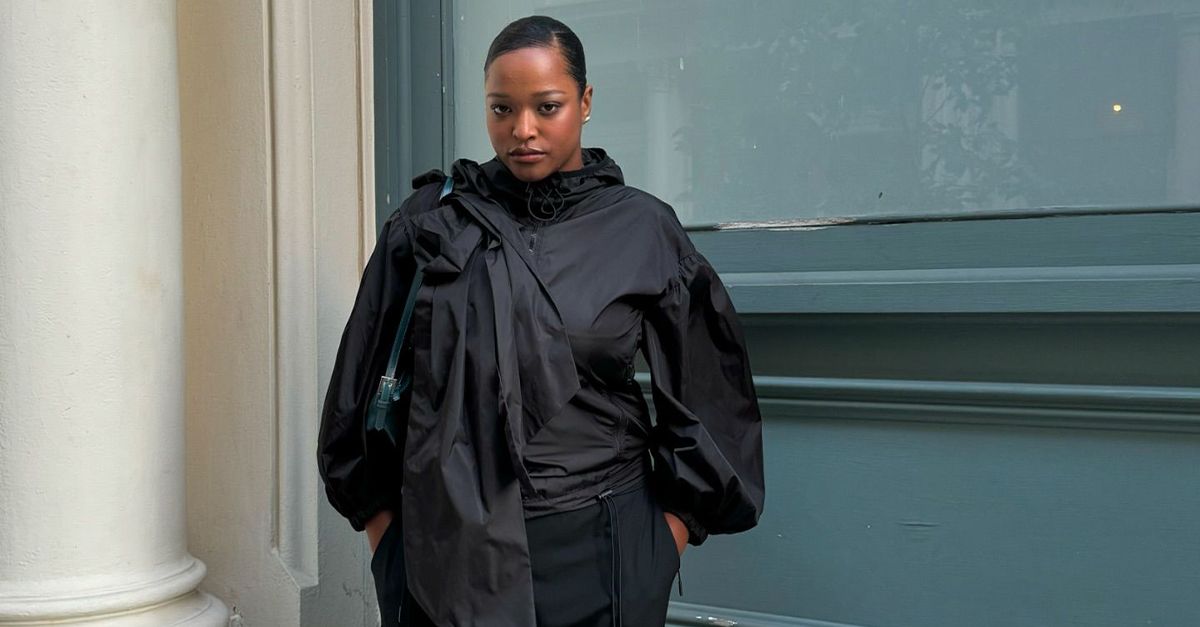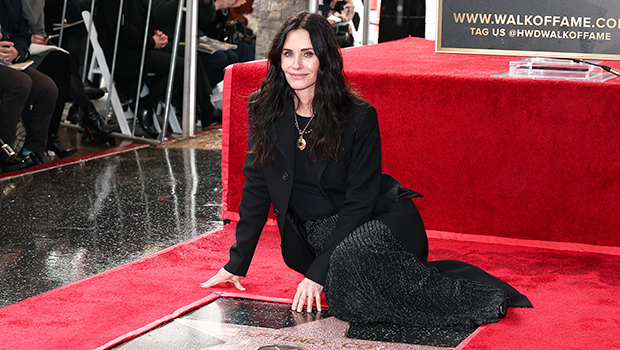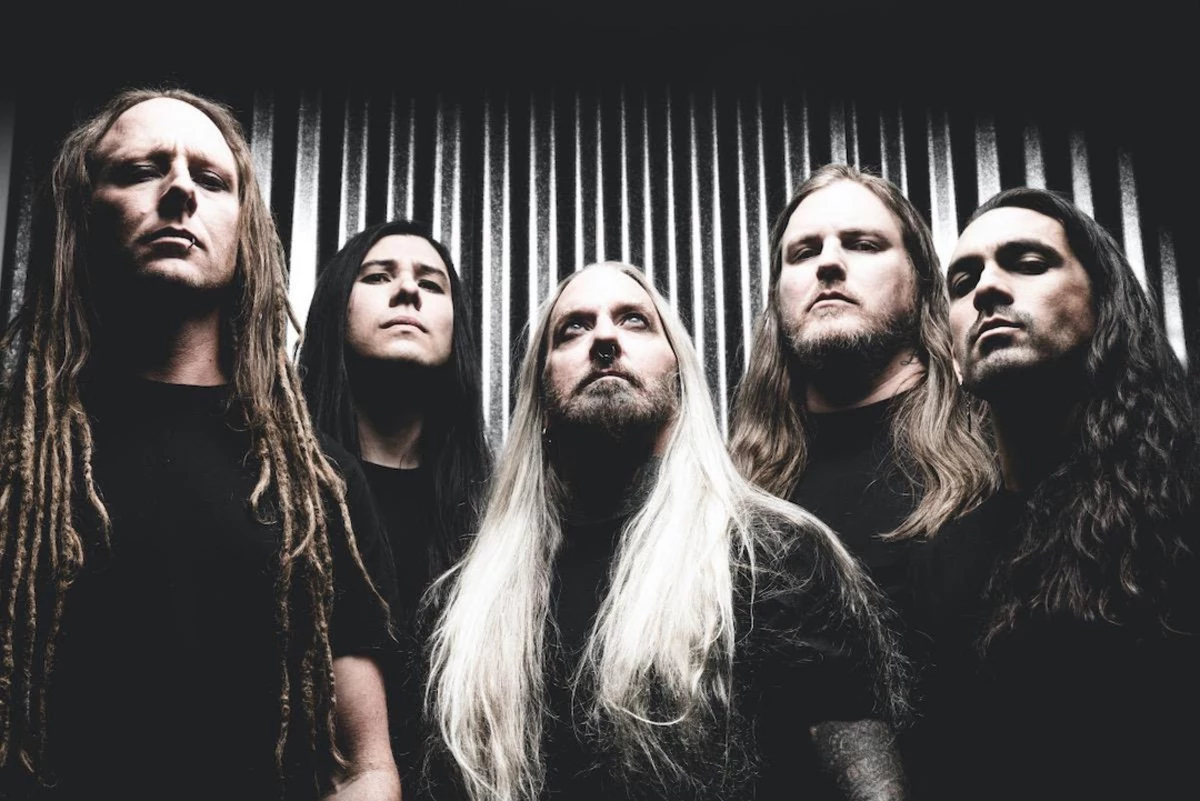Rosie Couture remained unfazed as she stood outside the Capitol on January 5, holding a giant canvas that read “ERA NOW” in green and pink letters. Though she couldn’t have predicted the mayhem that would transpire on Capitol Hill that week—as Republicans struggled to agree on who should become Speaker of the House—the chaos was, in some ways, fleeting. In contrast, Couture had arrived in Washington, D.C. carrying a 100-year-old movement on her shoulders.
At just 19 years old, Couture, a Virginia native and Harvard College freshman, is the co-founder of Generation Ratify, a youth-led organization working to advance gender equality. In January, nearly 20 of her cohorts came together in D.C., all on a mission to talk to members of Congress about the group’s number one priority: ratifying the Equal Rights Amendment. “We were standing outside the House steps, where the news was, so that we could be in the faces of these representatives,” Couture said. “They were coming up and down the stairs, and we were talking to anyone who would listen.”
If you thought the Equal Rights Amendment was a relic of a bygone era, you’re not alone. Though it was first drafted 100 years ago, the ERA—a proposed amendment that would enshrine gender equality in the U.S. Constitution and legally prohibit discrimination on the basis of sex—has yet to be added to our country’s founding document.
Congress voted in favor of adding the new language to the Constitution back in 1972 and sent it to the states for ratification. (In order to become part of the Constitution, a proposed amendment must be ratified by three-fourths, or 38, of the states.) By 1977, 35 states had voted to ratify. Then, after decades of stalemate, Donald Trump’s election, the ensuing women’s marches, and the #MeToo movement led to a new wave: In 2020, Virginia became the 38th state to ratify the ERA, following Illinois in 2018 and Nevada in 2017.
But technically speaking, there are still a few obstacles blocking the ERA from becoming the law of the land. Five states—Idaho, Kentucky, Nebraska, South Dakota, and Tennessee—voted to rescind their ratification in the 1970s amid the opposition movement STOP ERA; the movement’s leader, Phyllis Schlafly, argued that the amendment would take away women’s “privileges” and send young women into the draft. And though Congress voted to extend the ERA’s initial ratification deadline, that date passed in 1982. Now, lawmakers are working on removing the deadline altogether and affirming the ratification of the ERA.
According to proponents of the ERA, the stakes of their movement became even clearer when the Supreme Court overturned Roe v. Wade last summer, leaving the fate of abortion in question and sounding alarm bells over which rights could be slashed next.
“There hasn’t really been a federal abortion argument based on equal protection and sex discrimination,” Couture said. “And honestly, that’s because we don’t have the Equal Rights Amendment.”
Couture—who got her start in political organizing after the tragic 2018 Parkland school shooting—started Generation Ratify in 2019 with her high school classmate Belan Yeshigeta, right as Virginia was on the precipice of ratifying the ERA. The pair were shocked—and frustrated—when they learned that women’s rights were not already federally protected by law.
“I was quite floored,” said Yeshigeta, who’s 19 and a freshman at Columbia University. “I can pretty confidently say it just does not come up in our schools right now, and that’s really a shame.” According to Yeshigeta, a core part of Generation Ratify’s work involves educating young people on what the ERA is and why it’s important. Since its founding, Generation Ratify has grown into a national organization with around 50 chapters of pro-ERA young people mobilizing in states like Florida, Michigan, and North Carolina.
At the Capitol in January, Generation Ratify leaders delivered letters to freshmen representatives and met with key allies—namely Rep. Cori Bush, who’s spearheading a next-generation push to ratify the ERA.
“The time is long past that we should have had the ERA enacted,” Bush told ELLE.com. “When I think about myself, but also my constituents, we aren’t reflected in our nation’s most basic document, and I don’t know how many of us realize that. I see this as a vehicle for progress for so many things I have talked about for a long time.”
For Couture, meeting with Bush—who’s long been an activist with the Movement for Black Lives—was essential, a moment to see how young, progressive congressional leaders are bringing new perspectives and energy to the ERA push. “Cori Bush is a community organizer at her core,” Couture said. “When we first started talking with her about the ERA, she was like, ‘This is a movement office. We’re here to help your movement and be your voice and your home on Capitol Hill.’ And that’s exactly what she’s been for us.”
Later this month, Bush is planning to introduce a bill that, if passed, would affirm that the ERA is the 28th amendment and that it has already been ratified, since it was voted on by 38 states. The bill would ask the U.S. archivist to certify and publish the amendment, making it official. Though the position of U.S. archivist has mostly gone under the radar, Bush and her allies are focused on giving her the impetus to certify the amendment once and for all.
Bush is also on the precipice of launching a congressional ERA caucus—the first in history. While it may be obvious that representatives like Ayanna Pressley, who filed a joint resolution to remove the deadline for ratification earlier this year, would join the caucus, Bush is looking to build a broad coalition, including “those who people wouldn’t normally expect.” The caucus will also educate other members on what the ERA is and why it’s necessary. Given the current moment in American politics—as abortion rights hang in the balance and state legislatures across the country roll back LGBTQ+ rights—Bush said it’s vital that the Constitution protects the country’s most marginalized communities.
“So often, people think some of these protections are already there,” Bush said. “We have to make sure that the vision is clear of who the ERA most directly impacts and who will most directly benefit. We’re talking about women of color, we’re talking about queer and transgender people, those who are seeking abortion, and other marginalized communities.”
Advocates note that the ERA could help to expand and strengthen current protections, such as the Equal Pay Act, the Pregnancy Discrimination Act, and Title IX. State-level cases also provide a roadmap as to how a federal ERA could protect certain groups’ rights. In 1999, the New Mexico Supreme Court struck down a law that would have prevented government funding for abortion on the basis of the state’s ERA. More recently, in Utah, the state’s ERA has been used as legal basis to block a ban on abortion. According to Kate Kelly, an attorney, ERA advocate, and the author of Ordinary Equality, a book about the history of who has shaped the Constitution and the ERA, this “provides a beautiful picture of what the Equal Rights Amendment on the federal level could mean for us in the future.”
Kelly, who is working on ERA efforts with Bush and serves as an advisor for Generation Ratify, said that if the ERA is recognized as the 28th amendment, it would create a legal setting where the courts could reexamine the federal right to an abortion. “We don’t have the political will to change who’s on the Court or the composition of the Court, but we can change the document they are charged with interpreting,” she said.
When it comes to protecting LGBTQ rights, the ERA could also be pivotal, in part because the language does not include the word “women.” According to Kelly, the “gender neutral” amendment could “be used to protect people of all genders who experience discrimination.”
Ting Ting Cheng, the director of the Equal Rights Amendment Project at Columbia Law School, added that the ERA could also “change the conversations we have around what gender protection norms are and can be.”
“We in the U.S. have—at least the ways in which the courts have interpreted [the] Constitution, interpreted federal laws—a pretty narrow view of positive rights,” Cheng said, explaining that other countries do a much better job of granting rights that “guarantee things like education or health care, [and a] right to livelihood.”
“There’s a real opportunity for the ERA to take that step forward and modernize our Constitution, insofar as it’s correcting a past mistake,” she said. “To really push the definition of equality forward.”
Growing up, Bush hadn’t spent much time thinking about the proposed amendment—a reality for most young people in America, as Couture and Yeshigeta can attest. Then, when she did learn about the ERA, she wasn’t sure where she fit in. “I didn’t really see a lane for me,” she said. “It just seemed like a white woman’s movement.”
For years, the pro-ERA movement was championed in the U.S. House by Democratic Representatives Carolyn Maloney and Jackie Speier. Both women exited Congress at the end of the last session, leaving an opening for Bush and her allies to get to work.
Now, as she’s charting her own path with Generation Ratify, Bush is focused on educating those who may be unfamiliar with the ERA, including sharing how her own story fits into the movement: During her first term in office, Bush shared her abortion experience in a powerful testimony. And as a survivor of domestic violence and sexual assault, as well as workplace harassment, she told ELLE.com that the ERA is “personal.”
“As someone who experienced abuse, who experienced intimate partner violence, not knowing where to go for help, not knowing what protections were there, I’ve gone through a lot,” she said. “People should not have to go digging through their trauma to bring about change, but I believe it’s part of what I’m supposed to do.”
As for why she’s pushing for the ERA now, at a time when Republicans control the U.S. House, Bush said, “It’s not a sprint, it’s a marathon.” She added, “If we can start building now, then maybe in two years, when hopefully we are in the majority, we can be in a place where the advocates, the activists, the folks that are most directly impacted, the legislators in Congress and on the state level and municipal levels, are all working together to get this done.”
Bush’s leadership also builds on a legacy of Black women who have been at the forefront of the push for the ERA—from suffragist and civil rights activist Mary Church Terrell and civil rights activist Pauli Murray to the late Rep. Shirley Chisholm, the first Black woman elected to Congress, and the late Rep. Barbara Jordan, who was the first Black congresswoman from the South—though for decades, much of the public narrative surrounding the ERA has focused on white women.
“We know that Black women, queer folks, have always been on the front lines,” Bush said. “But understanding the impact—we don’t get to see that, which is why I didn’t understand it myself.” It’s part of why this generation’s approach is so important. “The movement today is vastly different than it was even a decade ago,” Kelly said. “There is an entirely new story being told about what the Equal Rights Amendment is and what it means for the future.”
As far as Generation Ratify is concerned, diversity is vital for the sustenance of the movement. Given the group’s focus on intersectionality and youth representation, Yeshigeta, a first generation Ethiopian American, said it’s critical that today’s ERA proponents understand the importance of creating an inclusive, safe movement for gender equality.
Both Yeshigeta and Couture believe that the more young people know about the ERA, the more will want to be involved, proven by how their organization has quickly scaled. Most recently, Generation Ratify launched what they’re calling the Feminist Campus Network, a student-led initiative to advance gender justice across U.S. campuses and universities.
Next, they’re heading back to Washington, D.C. for a demonstration at the end of the month. As Bush prepares to drop her new piece of legislation and roll out the ERA caucus, Generation Ratify is gearing up for a direct action—and they’re teaming up with other ERA activists to do so. “[Bush] wants to be in the streets with us, be on the ground with us, and bring her friends along with her,” Couture said. “That’s really big.” In some ways it’ll be just like January—Couture and her crew outside, demanding elected officials pay attention. But this time, they’ll have the weight of the next generation of congressional leadership behind them.
Rachel Janfaza is a journalist covering youth political culture. Most recently, she started “The Up and Up,” a newsletter focused on Gen Z’s political zeitgeist: how young Americans are organizing, mobilizing and participating in civic life and politics – or, how and why they’re not. She also freelances, with bylines in Teen Vogue and Bustle. Previously, she was an associate writer on the CNN Politics team covering young voters, campaigns, and breaking news.






